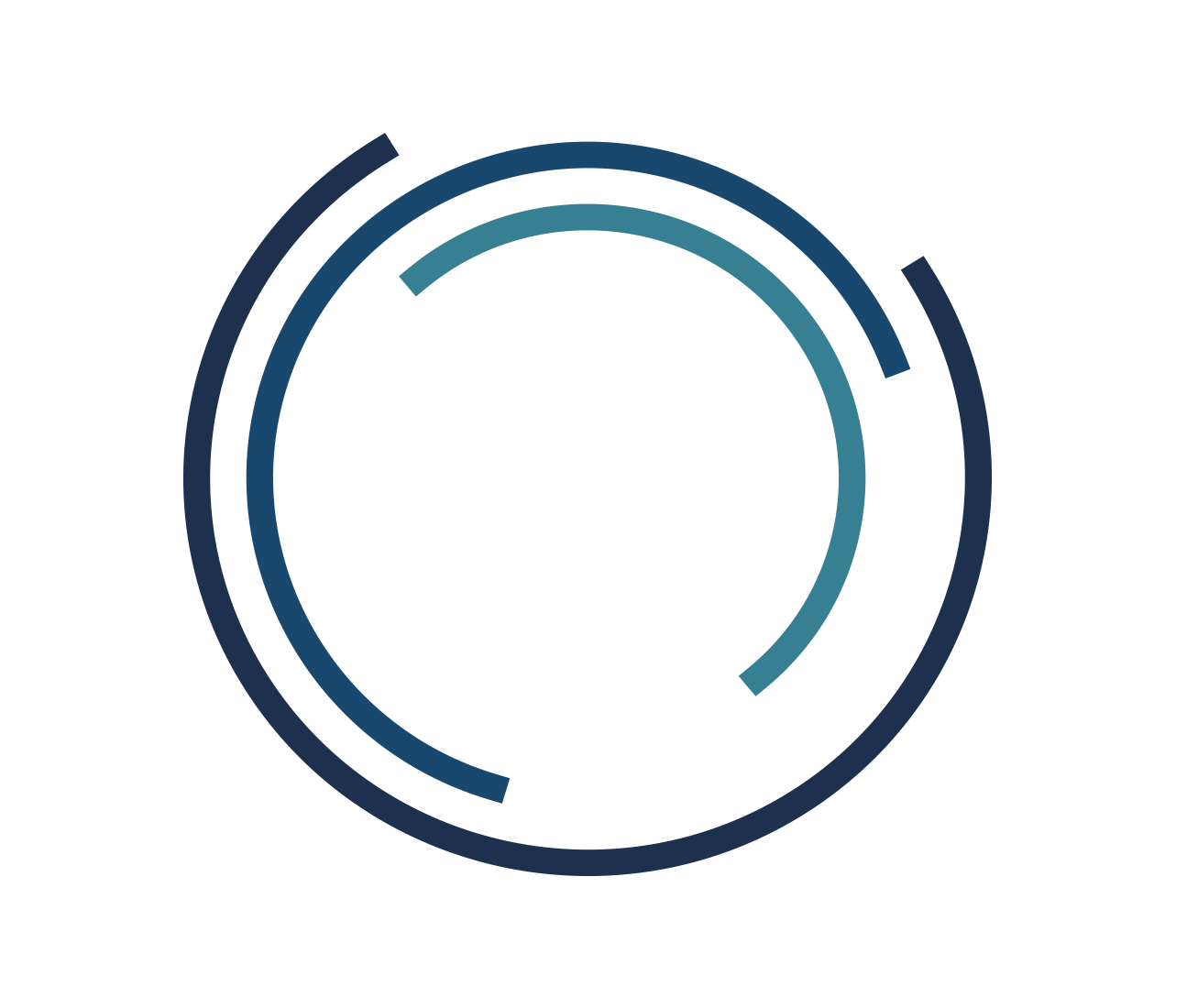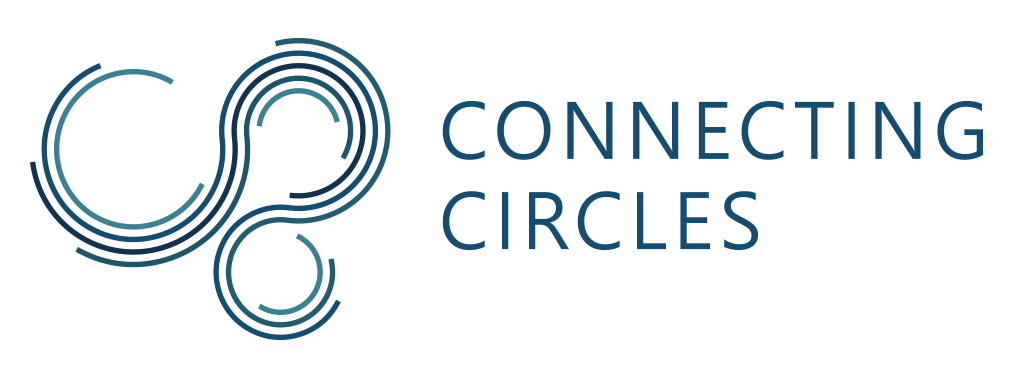About
the Project

Connecting Circles: The Living Waters of our Rivers is an innovative project which will be carried out by three organizations in Croatia, Italy and Serbia. The main objective is to create and promote innovative model of learning and providing help, empowerment and therapy to disadvantaged groups of people through the use of mythology, storytelling, culture and art connected to the rivers.
We are a species of story-makers and storytellers. Storytelling is the oldest form of human communication. As an ancient activity it finds its origins in some very old cultural traditions. Stories are central to our development of self concept and identity and how we distinguish ourselves from others – a process central to our wellbeing. Counselling through storytelling is both an ancient activity and an emerging conceptual model. However, oral narrative strategies have rarely been applied in the positive psychology domain. Traditional folk and fairy tales are concerned with concepts that are now scientifically investigated, such as resilience, self-realization, personal growth and meaning in life.
Project
Aims
This project aims is to apply a new narrative approach based on fairy tales, myth and folktales that are told, discussed, and written in a group context for the purpose of promoting psychological well-being and growth. In this project, we will focus on tales connected to water and to our rivers. Most cities and communities were built on the banks of the rivers. Rivers, as the source of life and fertility, are reflected in the myths and beliefs of the multitude of cultures. It is not surprising that in many parts of the world rivers are called “mothers”.


